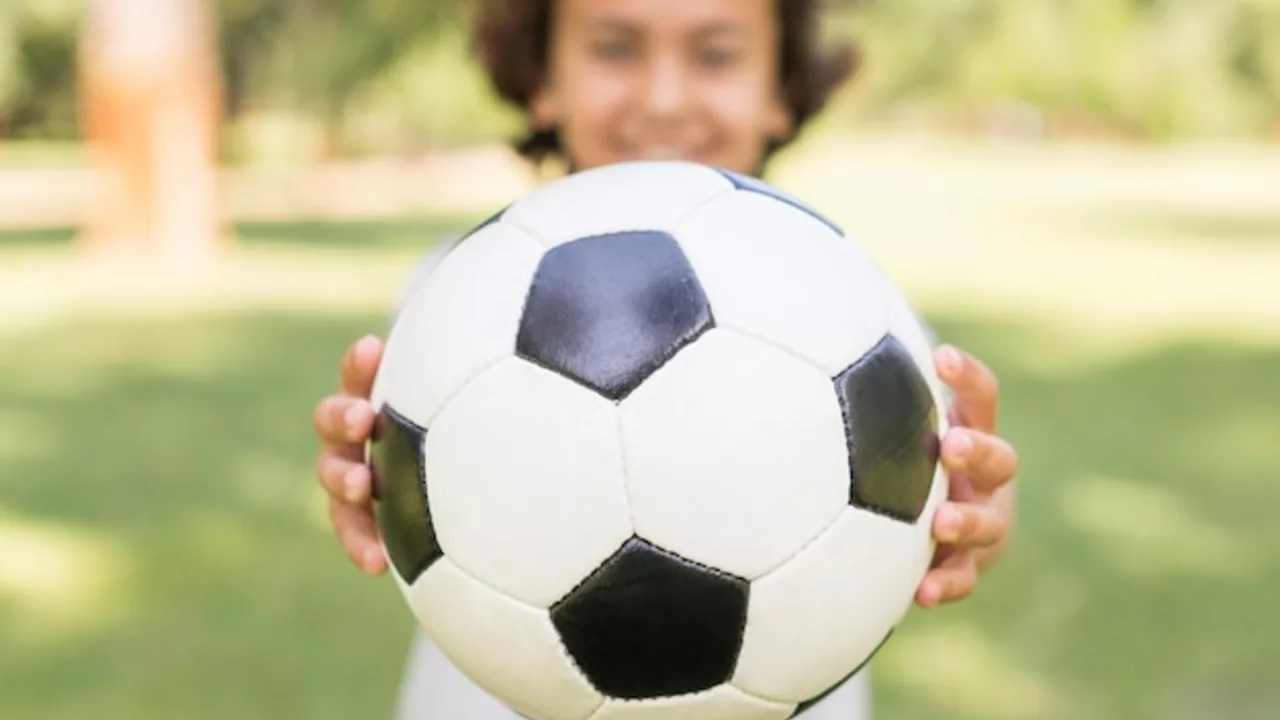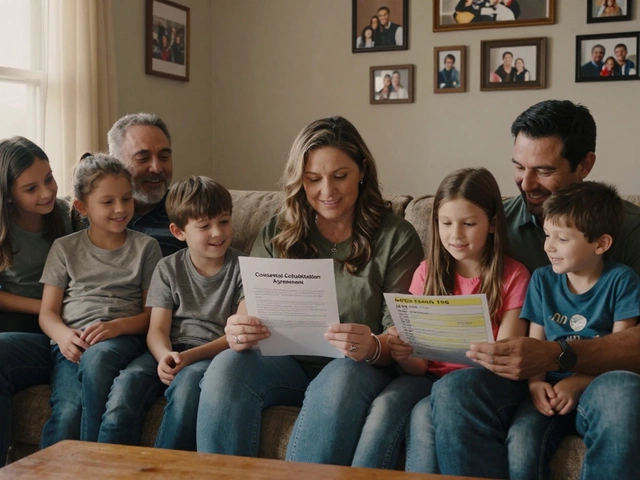Stop Soccer Ball – What It Means and Why It Matters
When you see the phrase “stop soccer ball” you might think of a simple drill, a safety warning, or a headline about a crazy match moment. On Soccer Daily UK we use this tag for anything that helps you control, stop, or manage the ball – whether it’s a technical tip, a news story, or a safety reminder. Below you’ll find the most useful info to keep the ball in your hands (or feet) and stay safe on the pitch.
How to Stop a Soccer Ball Effectively
The first thing to remember is that stopping a ball isn’t just about putting a foot on it. It’s about reading the ball’s speed, angle, and spin. Here’s a quick step‑by‑step guide you can use in any training session:
- Get low. Bend your knees as the ball approaches. A lower center of gravity gives you more balance.
- Open your foot. Turn the toes slightly outward so the surface of the foot can hug the ball.
- Absorb the momentum. Let the ball roll onto the foot while you push the hips back. This slows the ball without a hard jolt.
- Close the foot quickly. After the ball is under control, snap the foot shut to lock it in place.
Practicing these steps with a partner’s passes, a wall, or a rebound net will make stopping feel natural. Start slow, then increase the speed as you get comfortable.
Latest Stories Tagged "Stop Soccer Ball"
Our tag also pulls in related news and fun reads. Here are a few highlights you might have missed:
Jamie Carragher’s defensive warning. In his latest column, Carragher points out gaps in Liverpool’s back line that could cost them points. He suggests tightening up the defense – essentially “stopping the ball” before the opponent even gets a chance to shoot.
Ronaldo’s scoring record. While the headline is about goals, the article discusses how Al‑Nassr’s defence struggled to stop the ball from getting to Ronaldo. It’s a reminder that good defensive control can keep a star striker at bay.
How many minutes are in a soccer match? A quick FAQ that breaks down the 90‑minute format, halftime, and extra time. Knowing the timing helps you plan when to stop the ball and reset your defense.
College vs. academy routes. This piece weighs the pros and cons of playing college soccer. One takeaway: the college game often emphasizes physicality and ball‑stopping drills more than some pro academies.
All these stories share a common thread – controlling the ball, whether it’s on the field, in a headline, or in your own training routine.
So next time you hear “stop soccer ball,” think beyond the phrase. Use the practical tips, read the related news, and keep improving your game. The more you practice stopping, the more confident you’ll feel in every match situation.

How do you stop a soccer ball from bouncing?
by Alistair McKinley / 25 Jul 2023Stopping a soccer ball from bouncing isn't as complex as it may seem. It's all about timing and technique. You need to position yourself directly in the ball's path and cushion it with the inside of your foot as it arrives. Bend your knee slightly to absorb the ball's energy, and voila, you've stopped a soccer ball from bouncing! Practice these steps regularly to perfect your technique.


